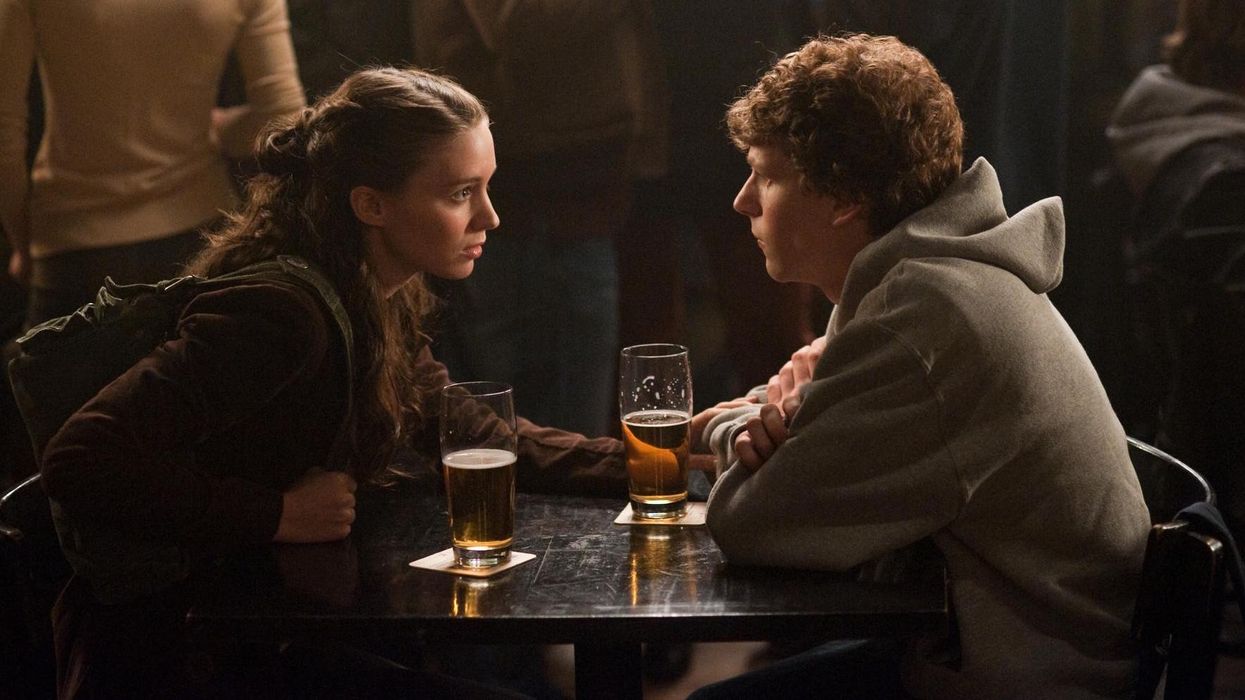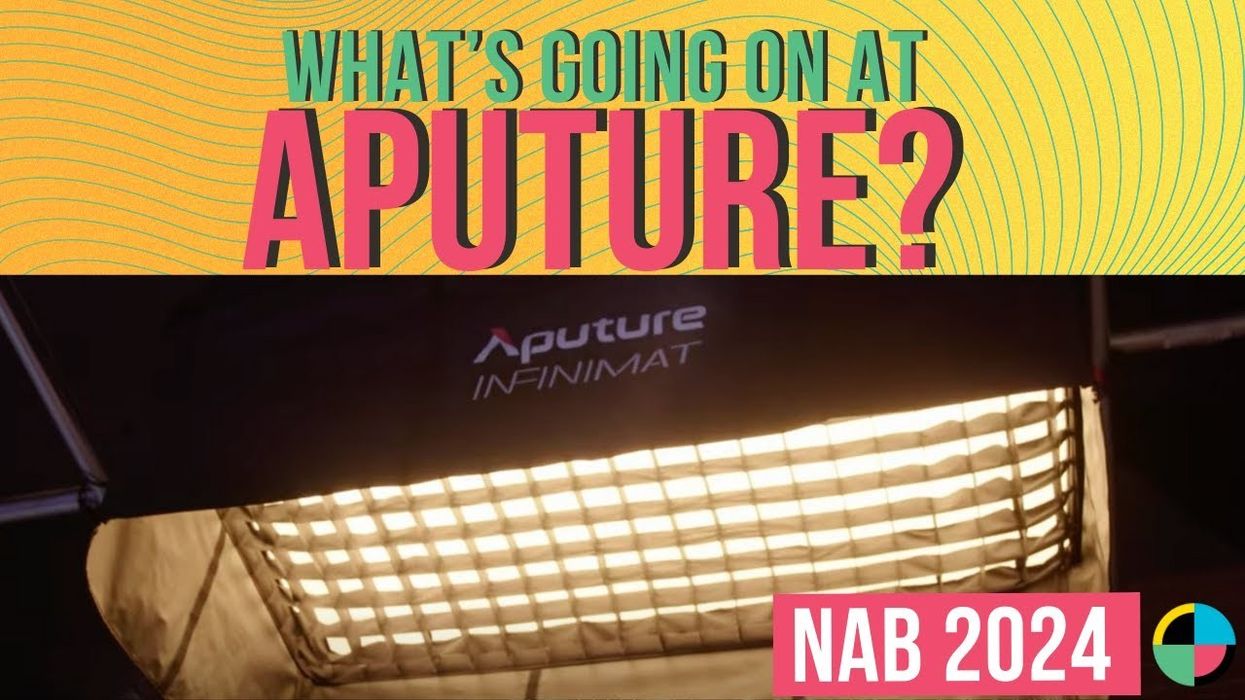Watch: How Aaron Sorkin's Famous Dialogue Balances 'Flash' and 'Substance'
Does Aaron Sorkin's screenplay for The Social Network distract audiences from the story movement hidden inside all the talk?

Film began as a silent art form, and some people think it should have stayed that way. Aaron Sorkin would probably not be one of those people. The writer is so famous for his dialogue that he's been featured/parodied on 30 Rock. Sorkin is the most famous screenwriter currently working in American film, and it's because of his instantly recognizable style.
In this video essay, Michael Tucker makes the argument that Sorkin's style is used not just to play to his writing strengths, but also as a means of encoding the story and moving the audience along without spoon-feeding them. Using The Social Network as an example, Tucker makes a case that Sorkin's words act like a magician's misdirection, distracting us from what's happening, and therefore solving the common problem of bad movie dialogue.
Sorkin's dialogue is noted for being "snappy, clever and repetitive," but the immediate question is: to what end? In film, bad dialogue is, usually, the result of one of two things (and sometimes both): either it is expository to the point of distraction, e.g. "Oh, hi Jim, my friend from high school who I secretly will always resent for stealing the girl of my dreams," or, like a tenth-generation Xerox of a page from a mistranslated Tarantino screenplay, serving no purpose at all, other than to demonstrate the cleverness of the writer.
Tucker's argument here is that Sorkin uses his dialogue's relentless style to advance the stories he tells; in other words, it's a function of story and is crypto-expository. This might be a large part of why Sorkin is such a celebrated writer in a visual medium, full of famous directors. He tells stories with inimitable and effective dialogue, and this dialogue serves its narrative function just as well as a smartly composed shot that layers themes and story and subtext into an image.
The opening scene from The Social Network is justly famous, and Tucker uses it to make his case about Sorkin's use of dialogue; here, it's how he uses misunderstandings to drive scenes forward. The film opens with Jesse Eisenberg's voice dispensing a statistic (something common to Sorkin scenes, Tucker notes). We fade into a bar of college kids, where Mark and a girl are sitting alone at a table. As the scene continues, Mark dispenses fact after fact, jumping around in a hypnotic, rhythmic concatenation of non-sequiturs, interrupted only by his date's confused questions, her attempt to find the thread in his monologue. The audience is placed, in a sense, in the shoes of this woman, in that we're trying to understand just what's going on and orient ourselves in the film's world. But where most movies attempt to usher the viewer into their worlds with a grand tour, this film barely bothers to be acknowledge our presence.
Where most movies attempt to usher the viewer into their worlds with a grand tour, this film barely bothers to be acknowledge our presence.
Tucker observes that, even though we're only "one page of dialogue into the film...in trying to keep up, we may not realize what we've learned so far," which is that Mark is difficult to communicate with, got a perfect score on his SATs, is obsessed with "distinguishing himself," and that while she is polite to him, if she's feeling anything like this dialogue is meant to make the audience feel, then that politeness is going to give. The scene continues for seven more pages of misunderstandings, as she attempts to pin Mark down, and we follow along, so distracted by the hypnotic rhythm of the dialogue that we don't realize what's happening until it happens (Spoiler alert: she dumps him.)
Without delivering any explicit exposition, we have not only learned a great deal about Mark, but we've also been introduced to his relationship and its failure (and his reaction to it, which sets the story in motion). We have also been "drawn into the story world" and subliminally primed for the central dramatic question of the film, which is not "will Facebook succeed or not?" but rather, "how will Facebook succeed?" and the answer is: at the expense of all of Mark's relationships. This story unfolds with flashes into the future, which show us the depositions that frame the film, and set up the context for how we see the events as they unfold.
"Sorkin's dialogue engages the audience with rapid-fire, multi-layered dialogue, ideally telling them a story without them even noticing."
This video essay examines several other scenes that serve equal functions, as well as discussing the collaboration between Sorkin and the movie's fiercely visual director, David Fincher. While Sorkin, "engages the audience with rapid-fire, multi-layered dialogue, ideally telling them a story without them even noticing," David Fincher's direction accomplishes a similar goal "with stunning visuals and relentless editing." This is a really valuable essay for anyone interested in how dialogue works in film, or any writer or filmmaker curious as to how a movie can effectively conceal its intentions while dispensing valuable information in a highly entertaining way.
Source: Lessons from the Screenplay












